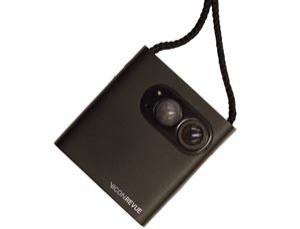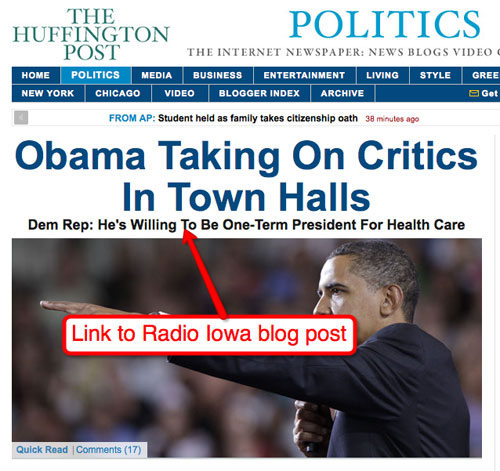Clyde found this blogging success story in the St. Louis Business Journal. It’s about HOK a global architectural firm with headquarters in St. Louis (I assume). It’s a biggie, with $752 million in revenue in 2008.
A year ago they launched a blog (HOKLife.com) to put a more human face on the firm, which has 2,000+ employees, and to communicate with potential hires, clients and competitors.
It’s a group blog with three dozen contributors from their offices around the world, whose posts, by the way, are not edited. Senior writer John Gilmore:
“Young readers are very savvy, and they know when something’s not authentic. If hour’s not authentic, it’s the kiss of death for a corporate blog.”
True that. The Business Journal article included some findings of a 2009 survey (of companies with more than 1,000 employees). Among the findings, companies with blogs reported higher levels of customer satisfaction, employee satisfaction, greenness, revenue and market share.
The companies with blogs reported revenue per employee of $336,792, compared to $263,333 for those without blogs.
Despite success stories like this one, there remains –even in our company– pockets of resistance to blogging as a communications tool. And I’m convinced it comes down to control. Like HOK’s Gilmore said above, it’s got to be authentic and that means unfiltered and unedited. And that’s really difficult for managers who are centralized, command-and-control guys in their DNA.
If you have a subscription to the StL Biz Journal, you can read the full article here.



